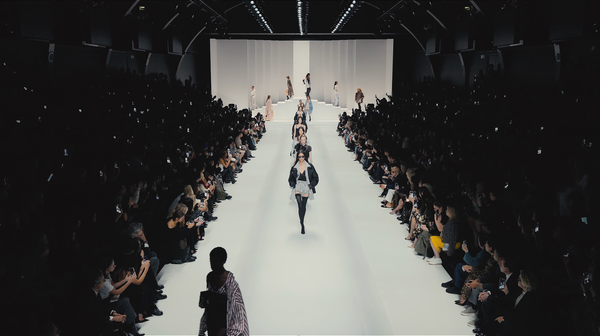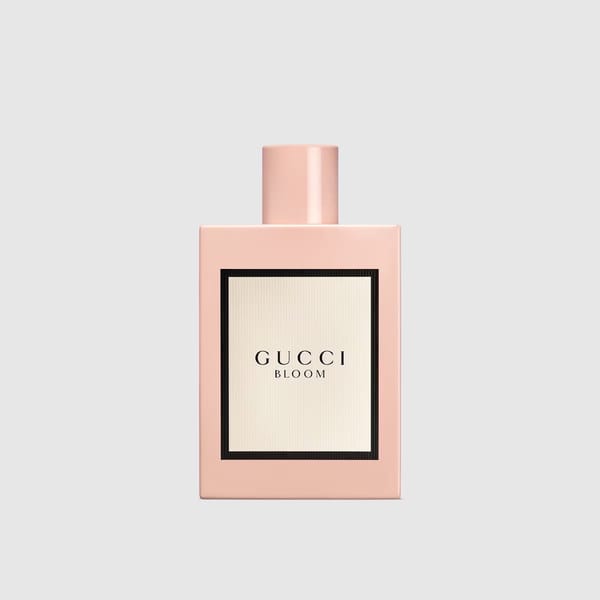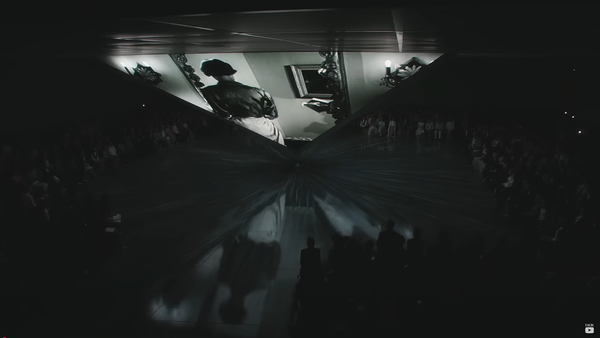Hugo Boss: The Scent—Leadership, Dismissed
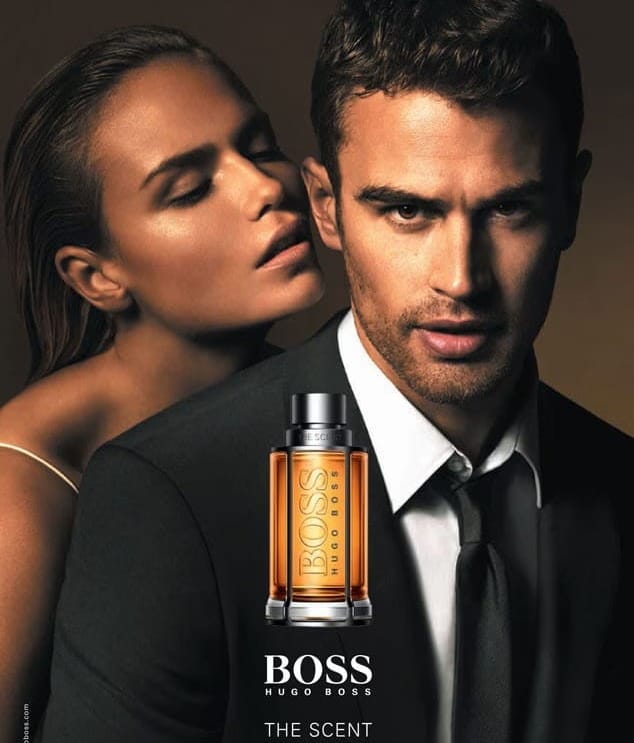
How a once-universal, popular fragrance failed to claim its rightful place in modern memory.
A Brief History
Founded in 1923, Hugo Boss carries the weight of a complicated past. Most notably, its factory supplied uniforms for Nazi Germany during the 1930s—a fact that stained its legacy before the house redefined itself decades later. BBC News
By the 1970s, the brand was refocused on tailored suits and clean German precision. In 1985, Boss launched its first cologne, Boss, later renamed Boss Number One. What should have been the foundation for fragrance dominance became a reminder of something fleeting: a presence that could be remembered, but never defined.
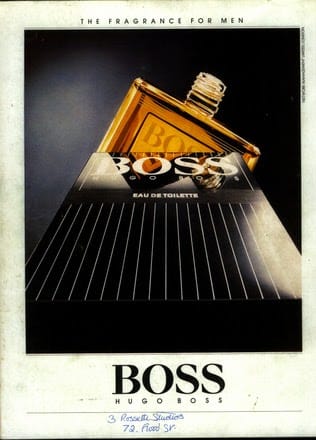
The Bottle—A Forgettable Approach
The design reflects the same issue: a lack of conviction. The bottle's edition I have is lined with vertical silver plastic, holding the glass in place like scaffolding. It leads to a thin, cheap-feeling click cap and a nozzle—looking and acting more like a toy than a luxury fragrance.
Later redesigns gave the bottle a modern, edged look—sleeker, more fluid—but it still never crossed into icon territory. The continued engraving of the Hugo Boss logo stands as a timeless remembrance—yet simplicity without force makes it become forgettable.
The Scent
The Scent carries notes of cinnamon, vanilla, green apple, and mahogany. A liquid color quite similar to the color of apple juice. Versatile, familiar, agreeable. The kind of composition that almost anyone could wear. It opens strong—a burst of confidence—a flash of charm. But it fades into the background quickly as it settles on your skin—too quickly.
That’s expected from an Eau de Toilette, yes. But even within those boundaries, this fragrance feels like a missed opportunity. It's presentation when matched with the odor less like ambition and more like hesitation.
Editor’s Note:
I wear it about twice a week. Not because it excites me, but because it’s there. Too easy to spray—easier to move on with.
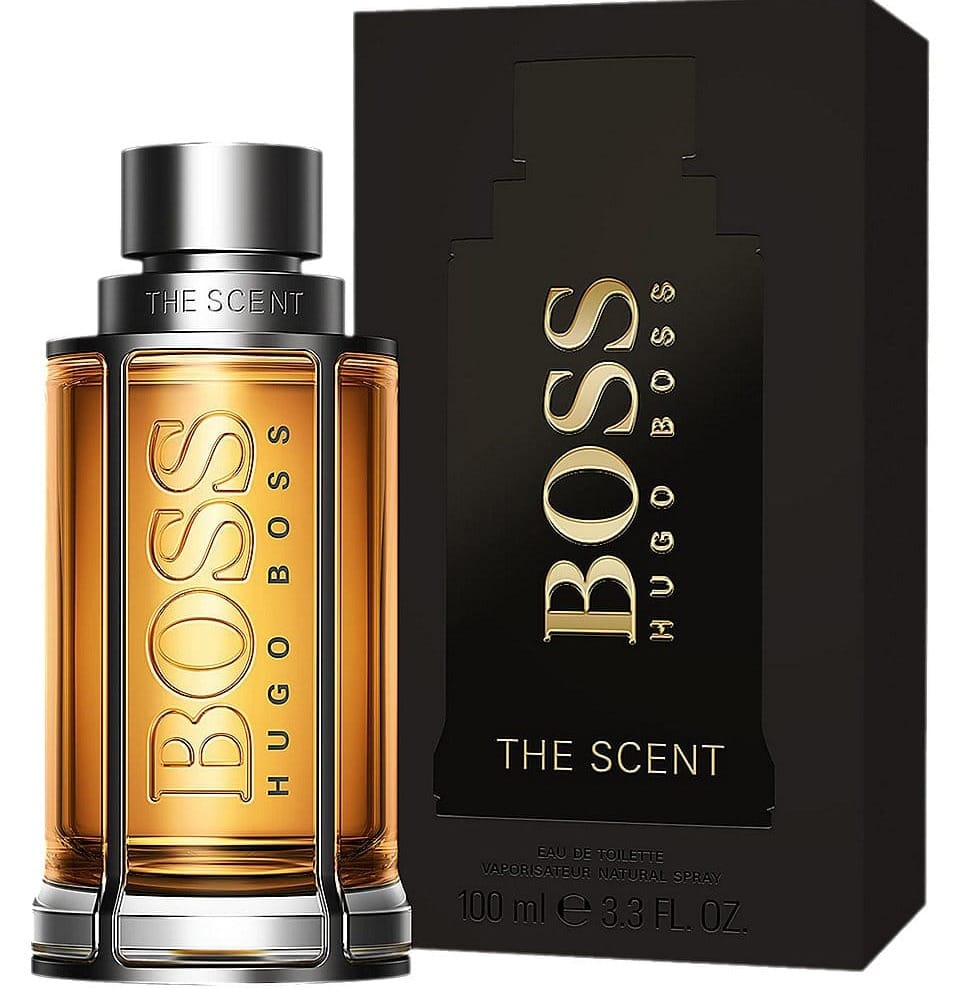
The Nozzle & Spray—Where It Could Have Succeeded
It’s hard not to feel shortchanged by the mechanics of the cologne. Especially given Hugo Boss being a German brand. The nozzle feels mass-produced—overly plastic. The spray tip is light—with no depth and "push" to it—making the entire experience imprecise. Instead of signaling “The Scent,” it signals “another scent.”
A luxury brand should never feel like leftover production. And yet, here it is: disposable in hand, invisible in memory. A more thoughtfully shaped bottle, paired with the embossed glass detail catching light, could have elevated the scent’s identity—making it memorable rather than disposable.
What Went Wrong
The bones were there. This could have been the defining Boss fragrance, one that carried its name with authority. It was accessible, recognizable, and instantly wearable—exactly the kind of DNA that could have grown into a heritage fragrance line. Imagine variations in years after the 2010's original: The Scent Reimagined, The Scent Stronger, The Scent Forever. Instead, it was all left behind.
Competitors like Calvin Klein, Dior, Louis Vuitton to name a few—seized their moments, embedding themselves into collective memory through bold marketing and unforgettable icons. Hugo Boss, meanwhile, dismissed its chance at leadership. What could have been dominant became background noise.
Final Thoughts
Fragrances—like brands—must be remembered for something. They need a base identity—a foundation for people to connect their own stories to. The Scent had the familiarity and capability to do so—but lacked the vision to carry it forward.
Today, it lingers quietly. Wearable, yes—but never an unforgettable signature.

[Previous Revision] - Marc Jacobs, Sold—Not For You




